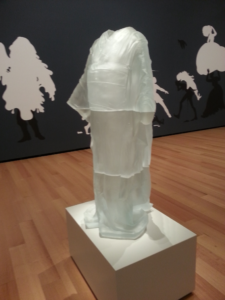

This study looks at tVNS and depression. I’ve been studying Transcutaneous vagal nerve stimulation in the clinic. It involves a small ear electrode in addition to traditional acupuncture treatment. In my latest paper submission-journal-of-medical-acupuncture-one-manuscript-for-blog, I show some of the data from these patients. Some feel that it enhances the acupuncture treatment and have opted to have a device to take home. This was the purpose of my study of this technique; to have some way to prolong and reinforce treatment. It also was of keen interest to me because I use monitoring to quantitate vagal nerve activity.
Effect of transcutaneous auricular vagus nerve stimulation on major depressive disorder: A nonrandomized controlled pilot study.
Abstract
BACKGROUND:
Depression presents a significant burden to both patients and society. One treatment that has emerged is vagus nerve stimulation (VNS), an FDA-approved physical treatment for depressive disorders. However, the application of this intervention has been limited by the involvement of surgery and potential side effects. The aim of this study is to explore the effectiveness of stimulating the superficial branches of the vagus nerve as a solo treatment for MDD.
METHODS:
This is a nonrandomized, controlled study. The first cohort of patients (n=91) only received transcutaneous auricular VNS (taVNS) for 12 weeks. In the second cohort (n=69), patients first received 4 weeks of sham taVNS followed by 8 weeks of taVNS. All treatments were self-administered by the patients at home after they received training from the hospitals. The primary outcome measurement was the 24-item Hamilton Depression Rating Scale measured at weeks 0, 4, 8, and 12. Data analysis included a timelag analysis comparing (1) real and sham taVNS groups at week 4; (2) the real taVNS group at week 4 vs the sham taVNS group at week 8 (fourth week of real taVNS following 4 weeks of sham); and (3) the real taVNS group at week 8 vs the sham taVNS group at week 12 (eighth week of real taVNS following sham).
RESULTS:
After four weeks of treatment, MDD patients in the taVNS group showed greater improvement than patients in the sham taVNS group as indicated by Hamilton score changes as well as response and remission rates at week four. In addition, we also found that the clinical improvements continued until week 12 during taVNS.
LIMITATIONS:
Patients were not randomized in this study.
CONCLUSIONS:
Our results suggest that taVNS is a promising, safe, and cost-effective therapeutic method for mild and moderate MDD.

